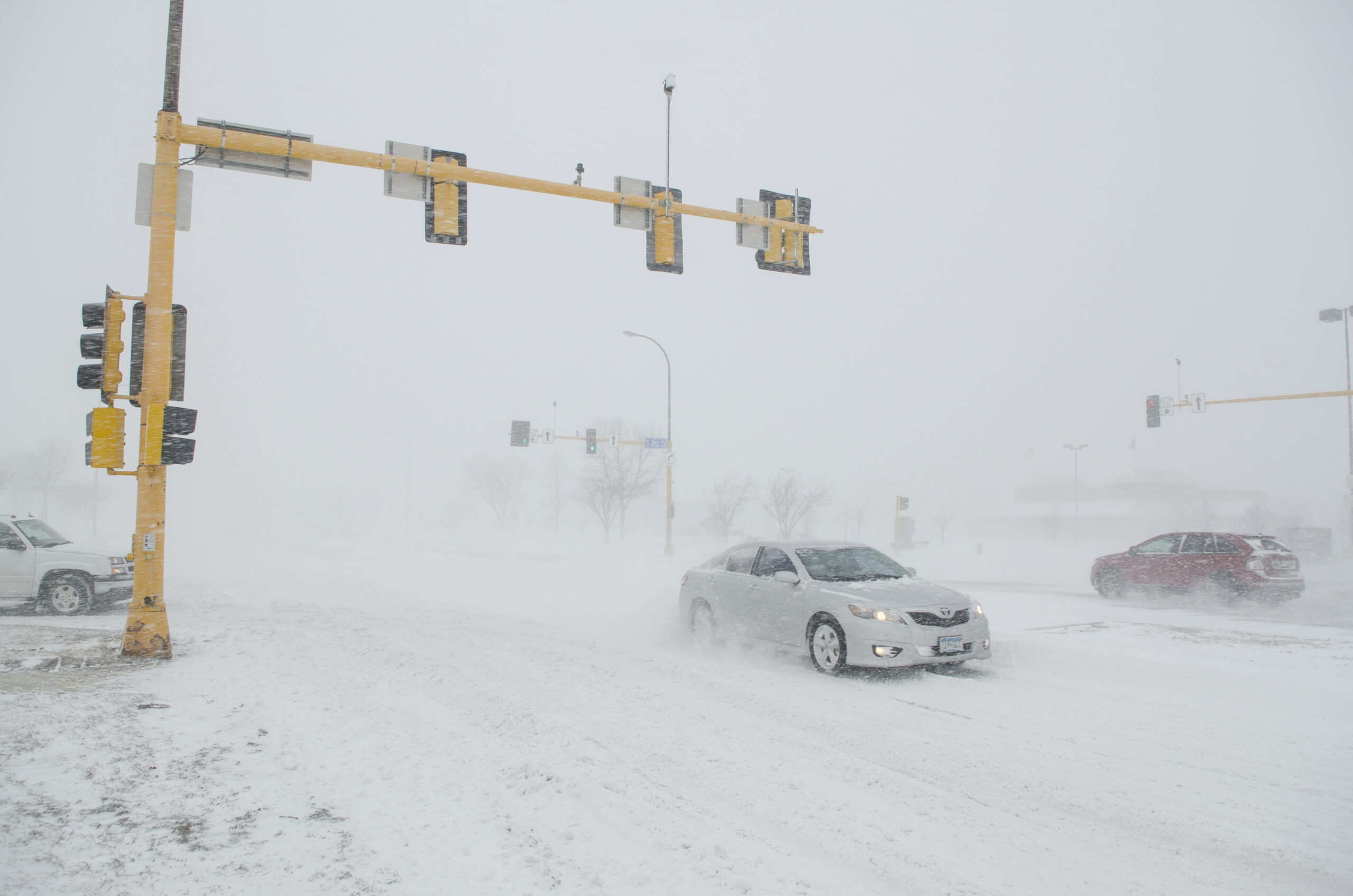Though fall is well underway, it’s not too early to start thinking about the coming winter, especially one that could feel quite different from last year’s El Niño-dominated season.
A weak La Niña is anticipated to develop before winter, shaping temperatures, precipitation, and even snowfall across the U.S.
La Niña is a natural climate phenomenon characterized by cooler-than-average sea surface temperatures in the equatorial Pacific. It significantly influences global weather patterns, especially during the Northern Hemisphere’s winter months.
Last winter, heavily influenced by El Niño and exacerbated by global warming, was the warmest on record for the contiguous U.S. The persistent warmth prevented many heavy snowfalls in the Northeast and Midwest, resulting in a snow drought measured in feet.
La Niña has a 60% chance of developing
This year, La Niña is expected to have a 60% chance of developing by November, according to the Climate Prediction Center, and is likely to last through the winter into early spring. Although La Niña and El Niño aren’t the only factors shaping seasonal weather, they often have a substantial impact on U.S. winters, especially during strong events.
La Niña typically causes the jet stream to shift north, redirecting storm systems away from the South and into the northern U.S. This could lead to wetter-than-normal conditions in regions like the Pacific Northwest, Midwest, and parts of the interior Northeast, while the South might experience warmer and drier weather.
For snow lovers, a weaker La Niña could bring more snow to the Northeast, though forecasts suggest warmer temperatures in the southern U.S. and much of the East. Still, areas like the Pacific Northwest, where snowpack is critical for water supply, could see increased snowfall.
Meanwhile, drought conditions could worsen across the South, and Southern California may face a prolonged wildfire season without enough early-season rain. While Northern California may stay near normal, wetter weather in the coming months remains essential for fire prevention across the region.
As forecasts continue to evolve, the strength of La Niña will be key in determining the winter weather outlook across the country.
